Serving 8,426 miles of coastline,
over 15M coastal residents (77% of Florida’s Population),
& over 100M visitors
Florida Sea Grant funds research that contributes to Healthy Coastal Ecosystems, Sustainable Fisheries and Aquaculture, and Resilient Communities and Economies.
New studies are examining solutions for harmful algal blooms, siting decisions for green infrastructure, improving fisheries and aquaculture, reducing marine debris and promoting spatial justice in revitalizing underserved coastal communities.
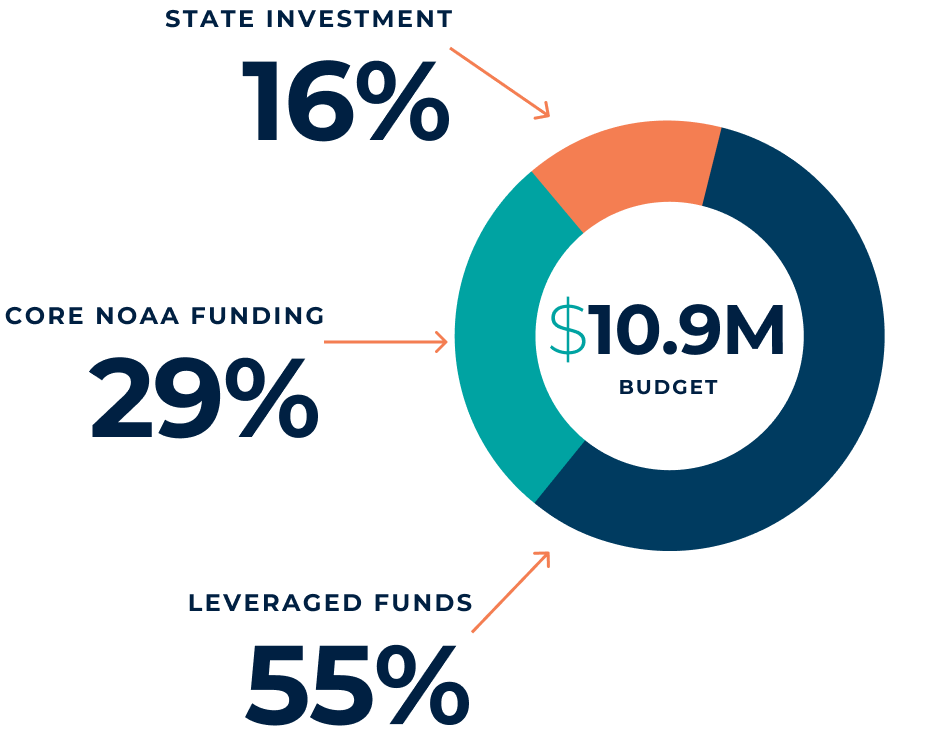
Additional funding will allow Florida Sea Grant (FSG) to increase its efforts that align with current national initiatives, benefiting even more Florida residents, visitors and businesses.
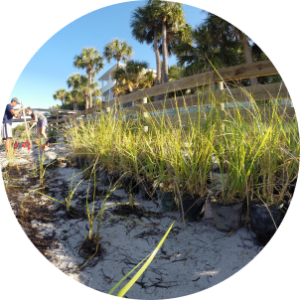
Increase living shorelines using PROS (Partnership for Plastic-free Oyster Restoration);
Launch Eyes on Sea Grass ‘citizen science’ program throughout state to monitor the health of seagrass habitats; and Support Harmful Algal Bloom monitoring, mitigation technologies and communications.
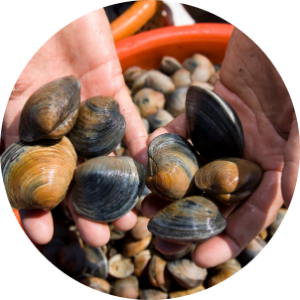
Grow restoration aquaculture as segment of Florida’s new Blue Economy;
Develop aquaculture entrepreneurship training programs that provide support for start-ups; and expand HARVEST intern program (Helping Aquaculture Reap Value & Enhance Student Training).
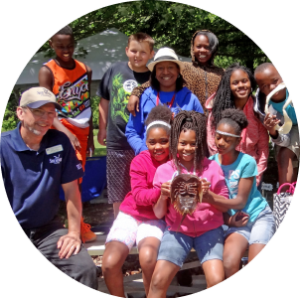
Increase the number of summer camps, internships, trainings and research support to minority youth, students, and faculty at MSI/HBCU’s interested in marine and coastal issues and across all disciplines –communications, anthropology, biology, ecology, sustainability, etc.
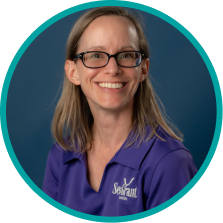
CITIZEN
SCIENCE
HEALTHY COASTS
& OCEANS
ENVIRONMENTAL
LITERACY
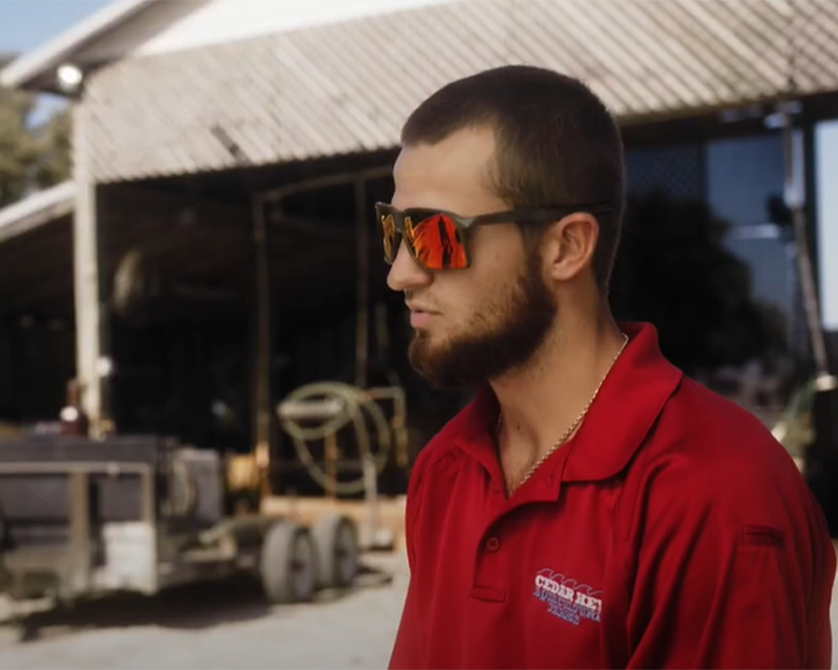
Dan Solano,
Shellfish Grower & Wholesaler
Cedar Key, Florida
The coronavirus...when it first hit in full effect, we lost accounts that we haven't picked back up. To some people, it might seem like a small amount, but it could go a long way for a family. It was a good experience and it was awesome to see everybody work together to get a good project done.
Funding reflects the calendar year
Impacts to date from programming in support of FSG’s FY2018-2023 Strategic Plan
Florida Sea Grant will continue to offer a suite of participatory science (“Citizen Science”) programs that engage and educate individuals and collect data for managing key resources including horseshoe crabs, scallops, goliath grouper, corals, lionfish and seagrasses.
Reduce waste in coastal waters by removing storm debris (e.g., damaged boats), increase the number of “Clean Marinas”, and provide boaters with sewage disposal locations in real-time through the Pumpout Nav App.
Improve marine-based recreational experiences with a focus on offshore fishing and boating including information on how to handle and release fish, where to fish, current regulations, and reducing damage to seagrasses.
Develop and train users on economic assessment tools–for recreational and commercial fisheries, coastal risks and flood damage–and forecasts of harmful algal blooms or (HABs), including communicating HAB strategies.
Want to stay informed about Florida Sea Grant’s initiatives, opportunities, activities, and more? Subscribe by filling out the short form below to receive email updates.
Your gift to Florida Sea Grant helps strengthen our mission and directly support activities to conserve and sustain the precious ocean and coastal resources of Florida.